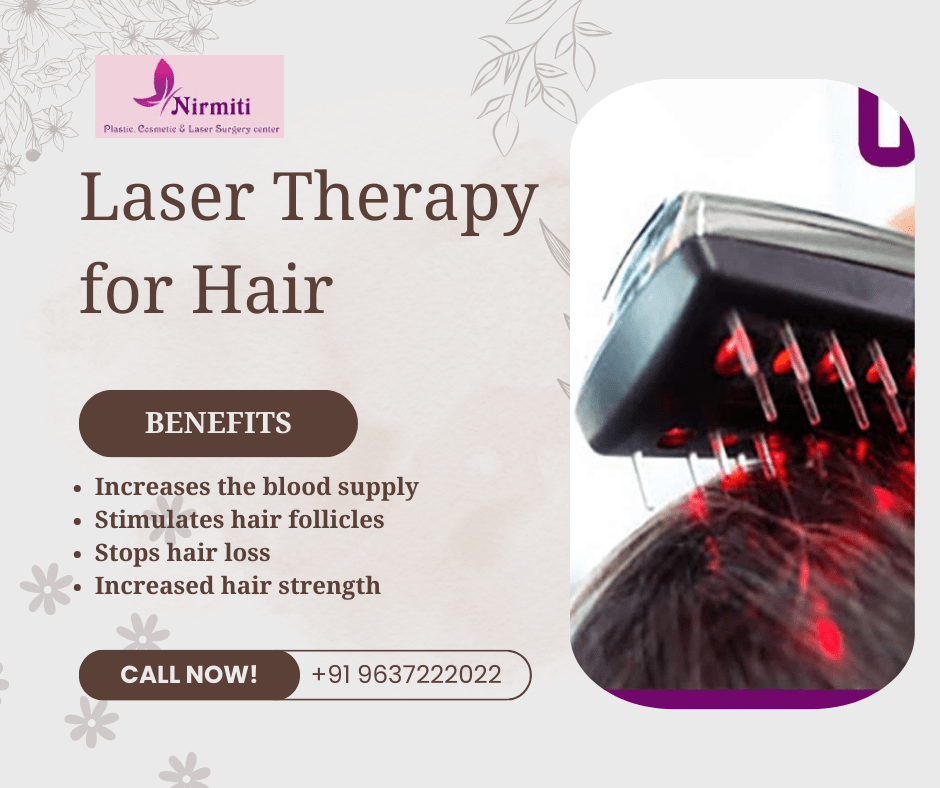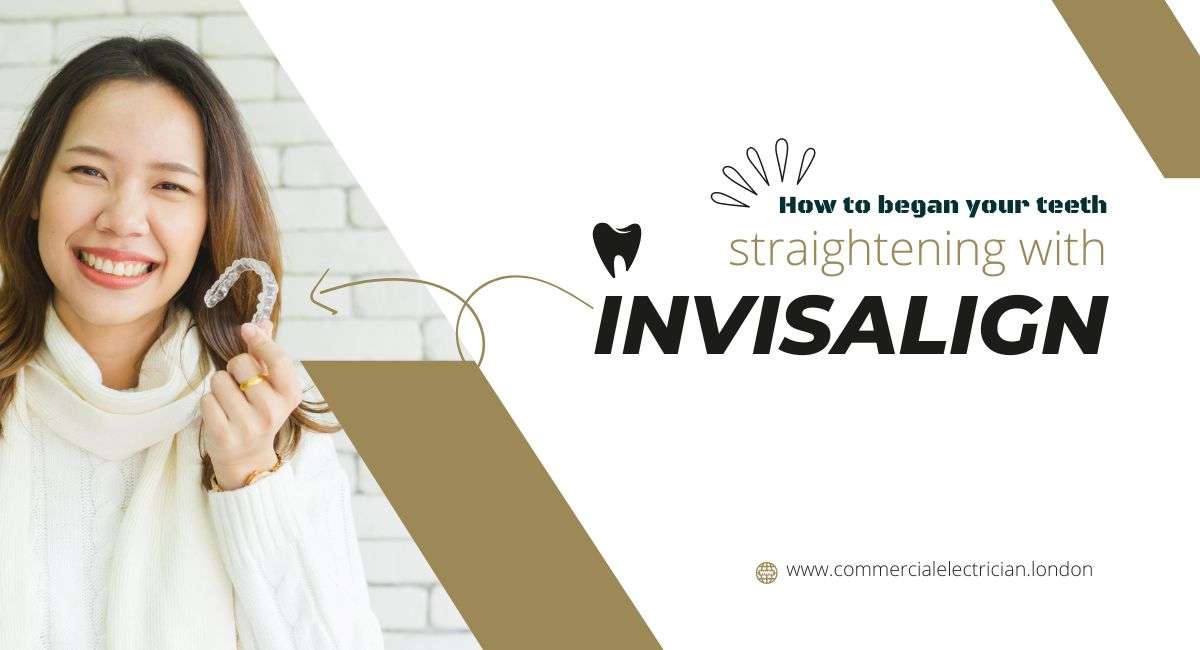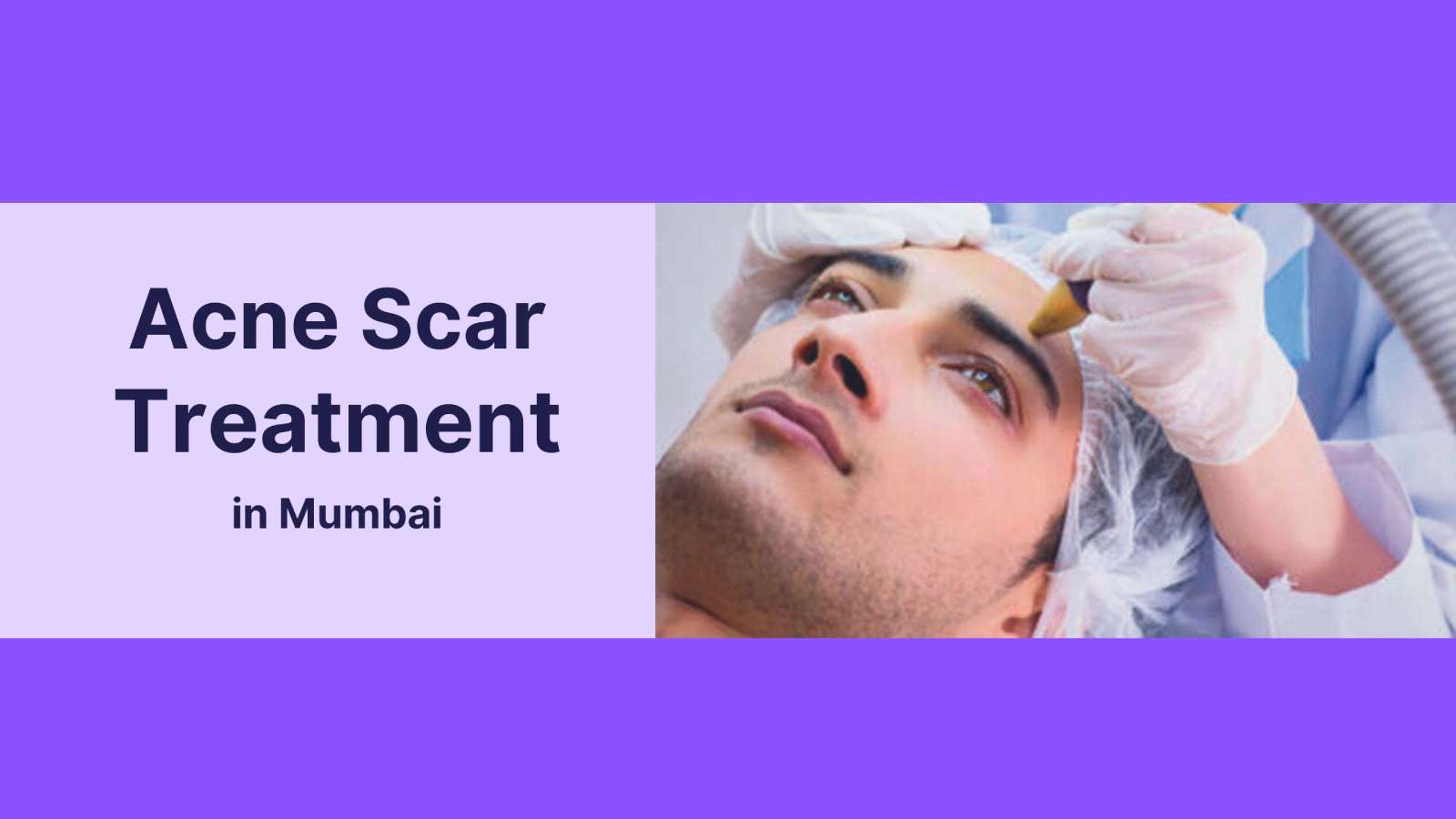Hair loss can be a challenging journey, but in the realm of modern treatments, laser therapy stands out as a promising solution. In this comprehensive guide, we delve into the science behind laser therapy for hair loss, exploring how it stimulates hair growth, the different types available, the benefits, and its effectiveness. Whether you’re considering this option or simply curious about the advancements in hair restoration, let’s unravel the mysteries of laser therapy together.
The Science of Laser Therapy for Hair Loss
Understanding the fundamentals of laser therapy provides a solid foundation for exploring its efficacy in addressing hair loss.
- Photon Power: Laser therapy operates on the principle of low-level laser light, commonly referred to as low-level laser therapy (LLLT). The photons emitted by the laser stimulate cellular activity within hair follicles, influencing the growth cycle positively.
- Cellular Activation: As the laser penetrates the scalp, it energizes the cells, particularly those in the hair follicles. This activation sets in motion a series of biological processes that enhance blood circulation, nutrient delivery, and cellular metabolism, fostering an optimal environment for hair growth.
- Mitochondrial Boost: Laser therapy’s impact on the mitochondria within the cells is crucial. By enhancing mitochondrial function, laser light aids in the production of adenosine triphosphate (ATP), the energy currency of cells. This surge in energy facilitates hair follicle activity and, in turn, supports hair growth.
How Does Laser Therapy Stimulate Hair Growth?
The journey from laser therapy to hair growth is intricate but fascinating. Let’s break down the process:
- Increased Blood Flow: Laser therapy promotes vasodilation, a widening of blood vessels, leading to increased blood flow to the scalp. This surge in blood circulation ensures that hair follicles receive an enriched supply of oxygen and essential nutrients, vital for robust hair growth.
- Extended Anagen Phase: The anagen phase is the active growth phase of hair follicles. Laser therapy prolongs this phase, allowing hair strands to remain in the growth stage for an extended period. This results in thicker, healthier hair.
- Reduced Telogen Phase: The telogen phase is the resting phase of the hair growth cycle. Laser therapy helps minimize this phase, reducing the time hair spends in dormancy and encouraging a more continuous and consistent growth pattern.
Different Types of Laser Therapy for Hair Loss
Not all laser therapies are created equal. Understanding the various types allows individuals to choose the one that aligns with their preferences and needs.
- Low-Level Laser Therapy (LLLT): LLLT involves the use of low-level lasers or light-emitting diodes (LEDs) to stimulate hair follicles. These devices are often portable and can be used at home or in clinical settings. Nirmiti Cosmetic Center, under the guidance of Dr. Neeraj Bhaban, may recommend LLLT as part of a comprehensive hair restoration plan.
- Helmet or Cap-Based Laser Therapy: This form of laser therapy integrates the technology into a wearable cap or helmet, making it a convenient and hands-free option for users. The portable nature of these devices allows for flexibility in incorporating laser therapy into daily routines.
- In-Office Laser Therapy: Administered by professionals, in-office laser therapy sessions offer a more concentrated and controlled approach. This type of therapy is often used in conjunction with other hair restoration treatments for enhanced effectiveness.
Benefits and Effectiveness of Laser Therapy for Hair Loss
Exploring the benefits and effectiveness of laser therapy sheds light on why it has gained popularity in the field of hair restoration.
- Non-Invasive and Painless: Laser therapy is non-invasive, meaning it does not involve surgical procedures. It is also painless, making it a comfortable option for those seeking hair restoration without the associated discomfort of invasive methods.
- Improved Hair Density and Thickness: Users often report increased hair density and thickness as a result of laser therapy. The stimulation of existing hair follicles and the promotion of new follicle growth contribute to a fuller and healthier appearance.
- Convenience and Accessibility: Portable devices make laser therapy accessible for home use, allowing individuals to incorporate it into their daily routines. This convenience, coupled with its effectiveness, makes laser therapy a practical choice for many.
- Complementary to Other Treatments: Laser therapy can be used as a standalone treatment or in conjunction with other hair restoration methods, such as microneedle therapy for hair. This combinatory approach enhances the overall effectiveness of the treatment plan.
Factors to Consider Before Trying Laser Therapy for Hair Loss
Before embarking on a laser therapy journey, certain factors warrant consideration:
- Individual Response: Responses to laser therapy can vary among individuals. Factors such as age, the severity of hair loss, and overall health can influence the effectiveness of the treatment.
- Consistency is Key: Laser therapy requires consistency for optimal results. Adhering to a regular schedule and following recommended guidelines is crucial to experiencing the full benefits of the treatment.
- Cost of Laser Therapy for Hair: While laser therapy is generally considered cost-effective compared to surgical options, it’s essential to weigh the cost against the potential benefits. Nirmiti Cosmetic Center, led by Dr. Neeraj Bhaban, can provide insights into the cost and help individuals make informed decisions.
- Microneedle Therapy for Hair: Combining laser therapy with microneedle therapy for hair can enhance results. Microneedle therapy involves creating micro-injuries in the scalp, promoting collagen production and improving absorption of topical treatments, including those used in conjunction with laser therapy.
Conclusion
Laser therapy for hair loss is more than a futuristic solution; it’s a testament to the advancements in cosmetic science. Understanding its science, the stimulation process, different types, benefits, and considerations before trying laser therapy equips individuals with the knowledge needed to make informed decisions.
At Nirmiti Cosmetic Center, guided by the expertise of Dr. Neeraj Bhaban, laser therapy is offered as part of a comprehensive approach to hair restoration. Whether choosing low-level laser therapy, a wearable device, or in-office sessions, the goal remains the same: to illuminate the path to renewed confidence and a fuller head of hair. Embrace the possibilities that laser therapy offers in the world of hair restoration, and let your hair journey be a beacon of transformation.










